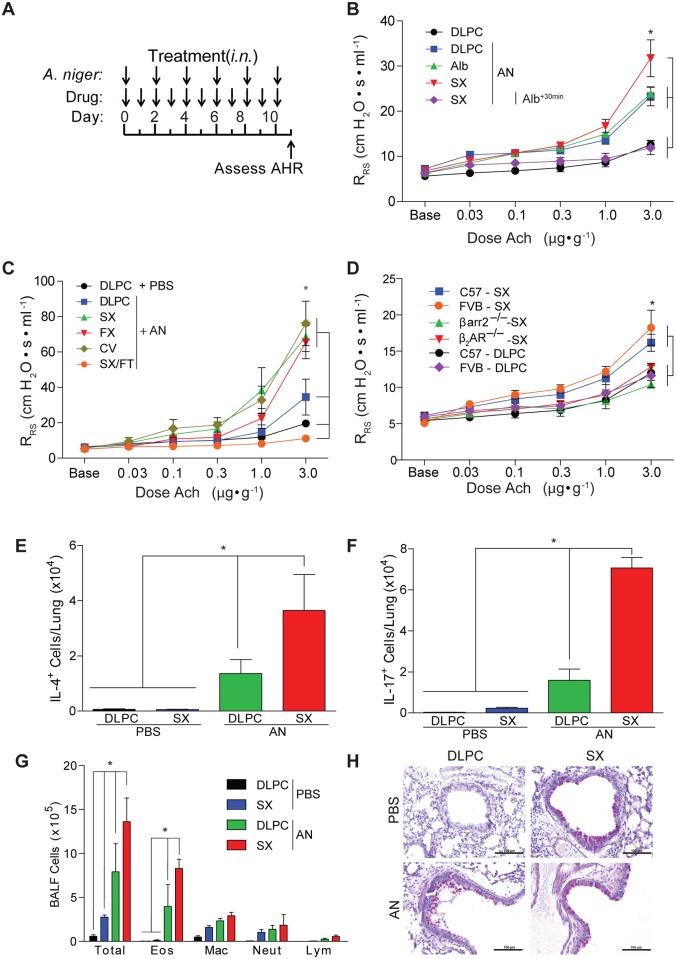Fig 1. Long acting beta agonists promote allergic airway disease.
(a) Wild type mice were challenged every other day intranasally (i.n.) over 10 days with the spores of A. niger (AN) and every day as indicated with the drugs salmeterol (SX), formoterol (FX), carvedilol (CV), albuterol (Alb) or salmeterol or the combination of salmeterol and fluticasone (SX/FT) and compared to mice challenged with vehicles (PBS and dilauroylphosphatidylcholine (DLPC) liposomes) and (b, c) the effect on airway hyperresponsiveness (AHR) was determined (all data from C57BL/6 mice). *: P < 0.05 determined by ANOVA. (d) Genotype matched wild type and β2-AR- and ßarr2-deficient mice were challenged with salmeterol or DLPC alone i.n. and assessed for airway hyperresponsiveness. *: P < 0.05 determined by ANOVA. The effect of salmeterol on lung (e) IL-4- and (f) IL-17A-secreting cells, (g) total bronchoalveolar lavage fluid (BALF) inflammatory cells (eos: eosinophils; mac: macrophages; lym: lymphocytes; neut: neutrophils) and (h) airway goblet cell metaplasia was determined after A. niger challenge i.n. *: P < 0.05 determined by Mann Whitney test. Data are from one of 3 or more independent and comparable biological experiments with n = 4 mice/treatment group.

